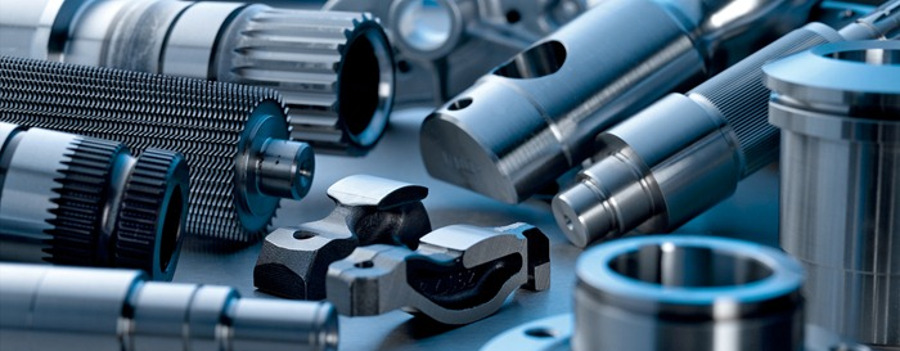Manufacturing typically refers to the use of labor, machines and tools to produce things for transaction. The term may refer to a range of human activity, from crafting to high tech, but is most spread to industrial production, in which raw materials are converted to finished goods on a mass scale. According to some economists, manufacturing is a wealth-producing sector of an economy contrary to a service sector which tends to be wealth-consuming.
Manufacturing shapes according to all types of economic systems in the world. In a free market economy, manufacturing may be directed towards profit maximization through the mass production of products for sale and occurs under some degree of government regulation. Whereas, in case of a collectivist economy, manufacturing is more directed by the state to supply a centrally planned product.

Software helps the manufacturing industry to streamline the entire manufacturing process by handling all aspects of production - from procuring raw materials to manufacturing to product configuration and finally assembling - and integrating them with all of business processes throughout the supply chain.
The solutions enable manufacturers to establish a lean system of record that integrates information across the plant floor and across the entire enterprise. This solution helps the customers to meet their mission-critical needs. By making complex issues simple, software helps streamline manufacturing business processes to maximize productivity and profitability.
Software manages all resources available in the production: operators, machines and parts used as well as data and information needed for production. It enables an optimal utilization of all resources available in the line and thus enhancing line efficiency.
It helps the industry to meet short lead-times for a wide range of products by priority based planning based and ensuring optimal level inventory. It helps to integrate all processes and information for an organization and with suppliers, customers within the supply chain.
Through a system, sales and manufacturing orders can be planned easily and simultaneously. It tends to produce higher customer satisfaction with shorter delivery times. Software helps to achieve effective cost control and follow-up with reporting abilities and options that suit any manufacturing or assembly environment. Provide internal service, monitoring and reporting to help ensure smooth operations without costly production stops.